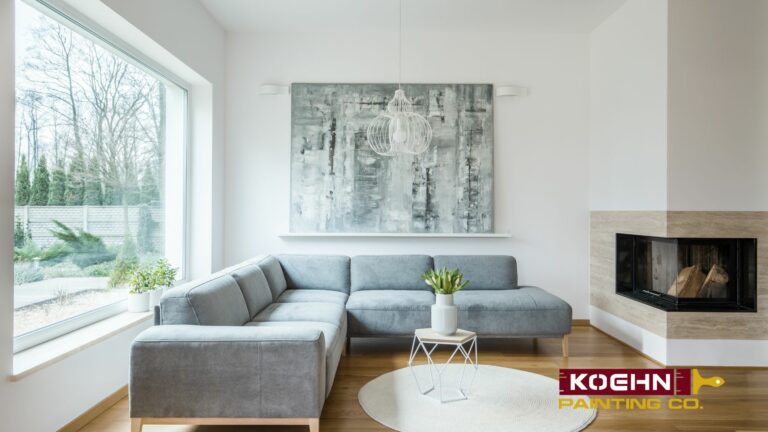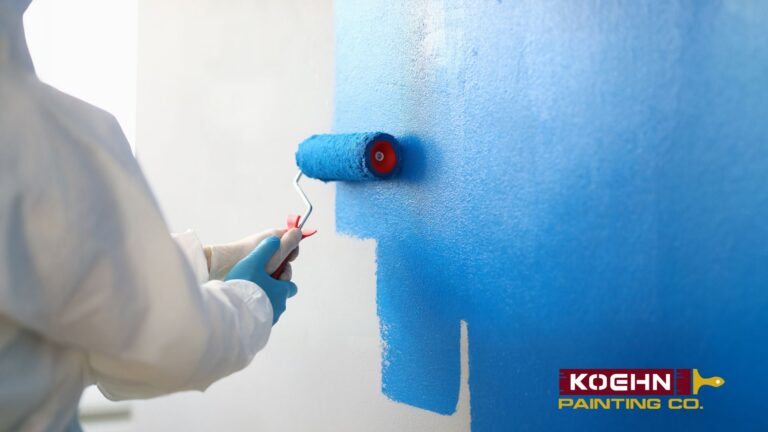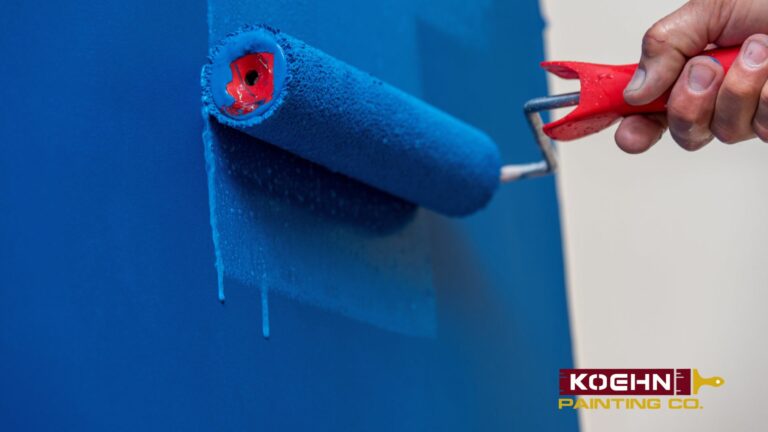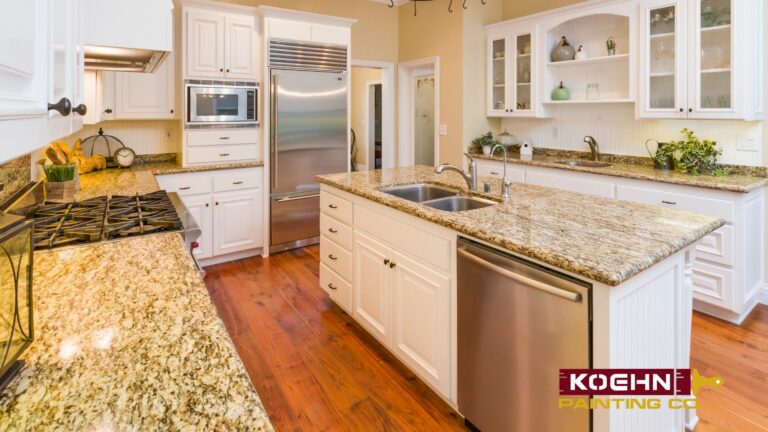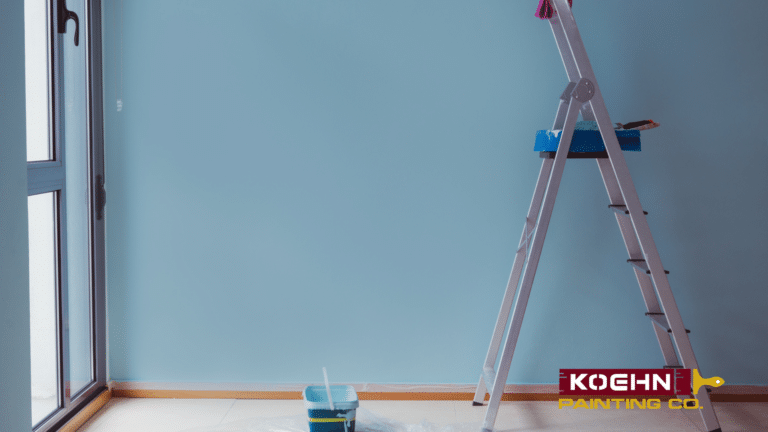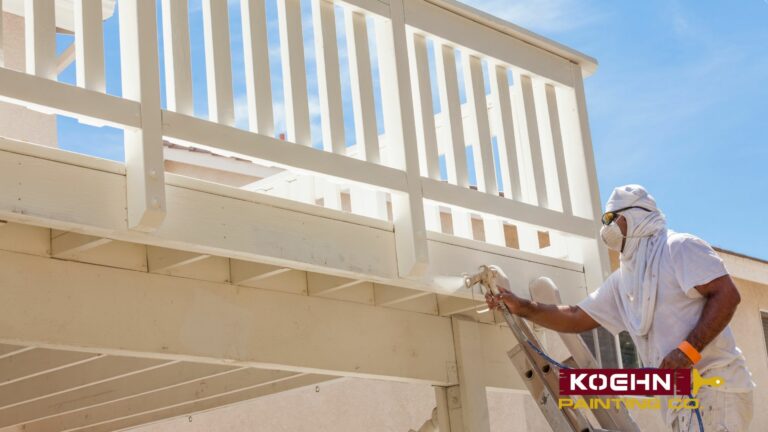A Look at the Average Cost of Interior House Painting
Embarking on an interior house painting project without adequate planning can lead to spiraling costs and a lot of stress. It is, therefore, crucial to have a comprehensive understanding of the cost of interior house painting.
Undoubtedly, interior painting is a powerful and frequently overlooked tool for boosting the beauty and atmosphere of your home. Whether you’re contemplating a complete makeover or just adding a few accent walls, setting a budget is not just advisable but essential. A well-thought-out budget ensures that you don’t break the bank and that your investment adds value to your home.
Accurate room measurements are the cornerstone of any successful painting project. Knowing the square footage of the space you’re about to paint helps you purchase just the right amount of paint, avoiding both wastage and the inconvenience of running out mid-project.
While it might be tempting to cut corners by opting for cheaper materials, this is one area where quality truly counts. Compromising on the quality of paint or brushes can lead to long-term costs, such as the need for frequent touch-ups or even a complete redo sooner than you’d like.
In the following sections, we’ll explore these aspects, providing you with a comprehensive guide to understanding the average cost of interior house painting, from factors influencing the cost to cost-saving tips. This blog aims to help you make informed decisions that bring beauty and value to your home.
An Analysis of the Average Cost To Paint a Room in Wichita, Kansas
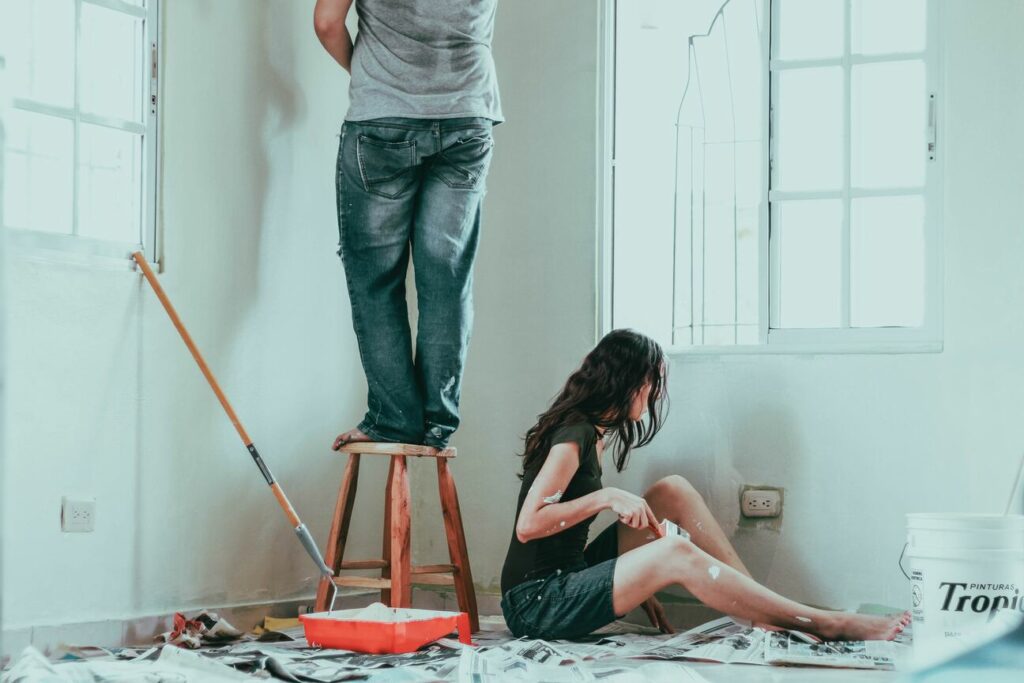
Painting a room, while seemingly straightforward, comes with its own set of variables that can influence the overall expense. Several factors come into play when determining the average cost to paint a room in Wichita, Kansas. These include:
- Room size: Naturally, the larger the room, the more paint and labor required. For instance, painting a bedroom might cost between $300 and $750, while a more expansive living room could set you back anywhere from $900 to $2,000.
- Type of paint: The choice between latex-based and oil-based paints can influence costs. While latex-based paints range from $15 to $50 per gallon, oil-based paints are slightly pricier, averaging between $20 to $60 per gallon.
- Wall height and room function: The height of the walls and the specific function of a room can also affect the price. For example, bathrooms, which typically have limited wall space due to fixtures, might cost between $150 and $350. In contrast, the cost of a primary bedroom can vary based on its size and features, ranging from $300 to $750.
- Additional factors: Costs can also be influenced by the need for wall repairs, the texture of the painting surface, and any accent walls or unique features in the room.
Given Wichita’s unique climatic conditions, professional house painters play a pivotal role in maintaining homes. The local weather can be a significant factor in determining the longevity and durability of a paint job. Therefore, homeowners often prefer hiring professionals who are familiar with the challenges posed by the local environment.
On average, for a home size of 1,000 sq ft, residents of Wichita can expect to pay between $3,000 to $7,000 for an interior painting job. As the size increases, so does the cost. For instance, a 1,500 sq ft home might cost between $4,500 and $10,500.
While the cost of interior house painting can vary based on several factors, understanding the average costs and what influences them can help you make informed decisions. Whether you’re looking to refresh a single room or revamp your entire home, knowing the costs involved can ensure a smooth and successful painting experience.
How the Cost To Paint a Ceiling Differs From the Cost To Paint a Room
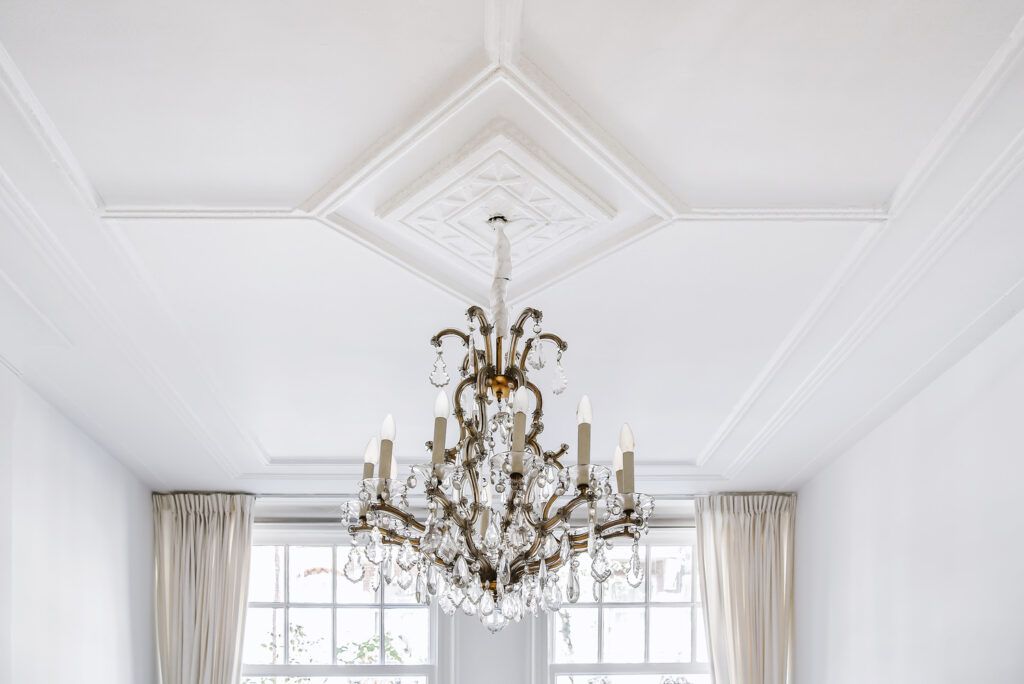
The cost to paint a ceiling is frequently underestimated, even though it can substantially affect the cost of interior house painting. Painting a ceiling has its distinct challenges, differentiating its expenses from the average cost to paint a room. Recognizing the nuances in these costs is vital, particularly when comparing the ceiling to room painting. Let’s look into the specifics to help you make an informed decision.
- Nature of the task:
- Ceiling: Painting a ceiling is generally more challenging than painting walls. The physical demands of working overhead, coupled with the need to avoid drips and ensure even coverage, can make it a more intricate task.
- Room: Painting a room involves not just the walls but also potentially the trim, doors, and sometimes even the ceiling, making it a more comprehensive project.
- Average costs:
- Ceiling: The average cost to paint a ceiling, according to both Forbes and Angi, is around $250. However, this can range from $150 to $350, depending on various factors.
- Room: The cost to paint a room’s walls can vary widely based on size, but it’s generally more than just painting a ceiling due to the larger surface area.
- Cost determinants:
- Ceiling: Costs are influenced by the square footage, type of ceiling (e.g., smooth, popcorn, exposed basement), and height. The type of paint, number of coats, and any required prep work also play a role.
- Room: Costs for painting a room are determined by the square footage of the walls, the type and quality of paint used, the condition of the walls, and any additional features like trim or moldings.
- Professional labor costs:
- Ceiling: Professional painters typically charge between $1 to $2.50 per square foot for ceilings. The complexity of the ceiling type and height can influence this rate.
- Room: While the cost per square foot might be similar, painting a room often involves more square footage overall, leading to higher total labor costs.
- DIY considerations:
- Ceiling: Going the DIY route for ceilings can cost between $200 and $600 on supplies alone. This doesn’t account for the potential challenges and time commitment of painting overhead.
- Room: DIY room painting might be more straightforward, with costs ranging from $100 to $200 for supplies. However, this can vary based on the room’s size and the paint quality chosen.
- Ceiling: Costs can rise if you have specialty ceilings like exposed basement ceilings or if you need to remove features like popcorn textures. There’s also the potential cost of repairs, especially if the ceiling has damage or water stains.
- Room: Additional costs for room painting can include painting the trim, doors, and sometimes the ceiling. There might also be costs for repairing wall damages or prepping particularly rough or damaged surfaces.
While there are similarities in painting a ceiling and a room, the costs and considerations can differ significantly. Whether you’re considering how best to paint a ceiling with a DIY approach or hiring professionals for ceiling painting services, understanding these differences will help you budget effectively and set realistic expectations for your home improvement project.
Tips To Save on the Cost of Interior House Painting

With strategic planning and informed decisions, homeowners can significantly reduce the cost of interior house painting. Here are some invaluable tips we’ve gathered to help you save on the cost of interior house painting:
- Obtain multiple estimates: Before settling on a painter, it’s wise to gather multiple bids. This not only ensures you get a competitive rate but also allows you to gauge the market average.
- Embrace the power of contracts: A well-detailed contract can be your best friend. It should clearly outline the scope of work, materials to be used, and expected labor hours. This transparency can prevent unforeseen costs and ensure both parties are on the same page.
- Dabble in DIY: If you’re up for it, consider taking on some tasks yourself. From moving furniture to prepping walls, a bit of elbow grease can translate to substantial savings. However, remember that professional painters bring expertise and efficiency to the table, so weigh the pros and cons.
- Timely repaints: Proactive maintenance can save you money in the long run. By repainting before visible signs of wear and tear emerge, you reduce the preparatory work, which often constitutes a significant portion of the costs.
- Strategize with colors: Your color choices can influence costs. Re-coating with the same or similar colors can reduce the number of coats needed. While deep and vibrant shades might be tempting, they often require more layers, driving up costs.
- Limit the scope: If you’re on a tight budget, prioritize. Perhaps the ceilings or closet interiors can wait for another day. By focusing on the most impactful areas, you can achieve a fresh look without stretching your wallet.
- Consider longevity: Especially for exteriors, but also relevant for interiors, the color’s longevity matters. While dark shades might exude elegance, they tend to fade faster, leading to more frequent repaints.
- Time spent: The duration of the project is another factor that can significantly impact your budget. Whether you’re going the DIY route or hiring professionals, understanding the time commitment is essential. Moreover, there are often additional costs that homeowners might overlook, such as the method of painting—spraying vs. hand brushing—and any preparation work that might be needed.
While painting your home’s interior can be a significant investment, it doesn’t have to break the bank. By leveraging these tips, you can refresh your living spaces, enhance your home’s aesthetic appeal, and ensure your hard-earned money is well-spent.
